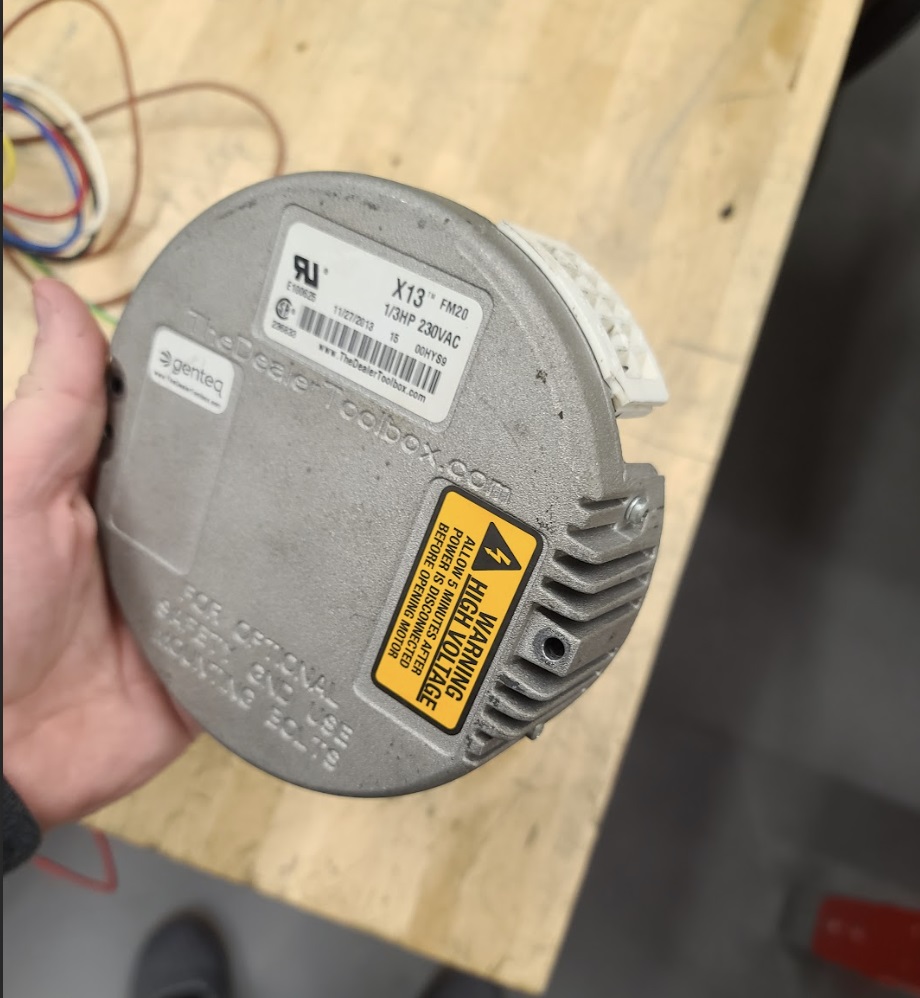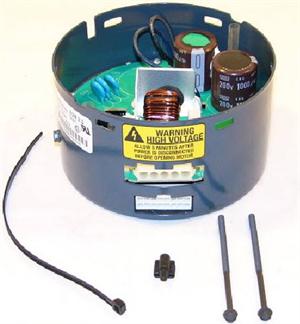Get Tech Tips
Subscribe to free tech tips.
The Difference Between Variable-Speed and X13 Motors

First, let's cover the basics. X13 is a brand name for the Regal Beloit/Genteq brand of constant torque motors; there are other manufacturers that make them, but the term “X13” has become pretty much synonymous with the fractional horsepower HVAC constant torque motor.

Also, this article specifically discusses common residential/light commercial motors. There are other types of variable and constant torque motors and equipment not being addressed here.
Both variable-speed and X13 motors are ECM or “electronically commutated motors,” which means that the DC power that drives them is electronically switched from positive to negative to spin the motor. Both types are more efficient than the typical PSC motor, with ECMs commonly being about 80% efficient and PSC motors being about 60%.
Both X13 and variable-speed motors are DC (or alternating DC, if you prefer), three-phase, permanent-magnet rotor motors that use back EMF to determine motor torque and adjust to load conditions.

The primary difference between the two lies in the type of inputs going to the motor control. A variable-speed motor is programmed for a specific piece of equipment to produce a set amount of airflow based on the particular static pressure profile of that system and the inputs from the air handler circuit board or system controller. In other words, a variable-speed motor can ramp up and down based on the static pressure as well as the staging of the equipment, pin/dip switch, or controller settings for desired airflow output, and “comfort profiles” that can be set up to allow the blower to ramp up or down for enhanced dehumidification and comfort.
An X13 motor is programmed to produce a set motor torque based on which input it is receiving 24v. That means that while an X13 motor is more efficient than a PSC motor and does a better job of ramping up to overcome static pressure increase, it does not have the level of control that a variable-speed motor has. It also does not produce an exact airflow output across the full range of static pressure.
That is why when you check the blower charts on a unit with a variable-speed motor, the CFM will remain the same over a wide range of static points, but when you look at an X13 system, the CFM will drop as the static pressure increases.
—Bryan
P.S. – We just released a neat podcast episode about blower amps and watts with Steve Rogers from TEC. It's HERE if you want to listen to it; we cover some of the differences between PSC motors and ECMs











Comments
this sounds good and i thought it was universally applicable, but what do you make of the blower in the Carrier 59TP6 furnace?
It has the possibility to change speeds for dehumidification, multiple stages, ramps up and down when it starts and stops etc. BUT the CFM delivery data of this blower motor looks like that of an X13 (for every .1 in static pressure increase you lose approx. 5 % of CFM).
Carrier claims it is a true VS motor, but why is the fan curve then not flat?
see air delivery data for various ESP on page 6
https://dms.hvacpartners.com/docs/1009/public/09/59tp6a-02pd.pdf
this sounds good and i thought it was universally applicable, but what do you make of the blower in the Carrier 59TP6 furnace?
It has the possibility to change speeds for dehumidification, multiple stages, ramps up and down when it starts and stops etc. BUT the CFM delivery data of this blower motor looks like that of an X13 (for every .1 in static pressure increase you lose approx. 5 % of CFM).
Carrier claims it is a true VS motor, but why is the fan curve then not flat?
see air delivery data for various ESP on page 6
https://dms.hvacpartners.com/docs/1009/public/09/59tp6a-02pd.pdf
The 59TP is a non-communicating furnace with a constant torque ECM blower motor which can vary speed for different settings. The 59TN is a non-communicating or communicating furnace and has a constant air flow ECM blower motor.
The 59TP is a non-communicating furnace with a constant torque ECM blower motor which can vary speed for different settings. The 59TN is a non-communicating or communicating furnace and has a constant air flow ECM blower motor.
it seems to be false advertising. The performance 96 furnace is not really a var speed type.
it seems to be false advertising. The performance 96 furnace is not really a var speed type.
To leave a comment, you need to log in.
Log In